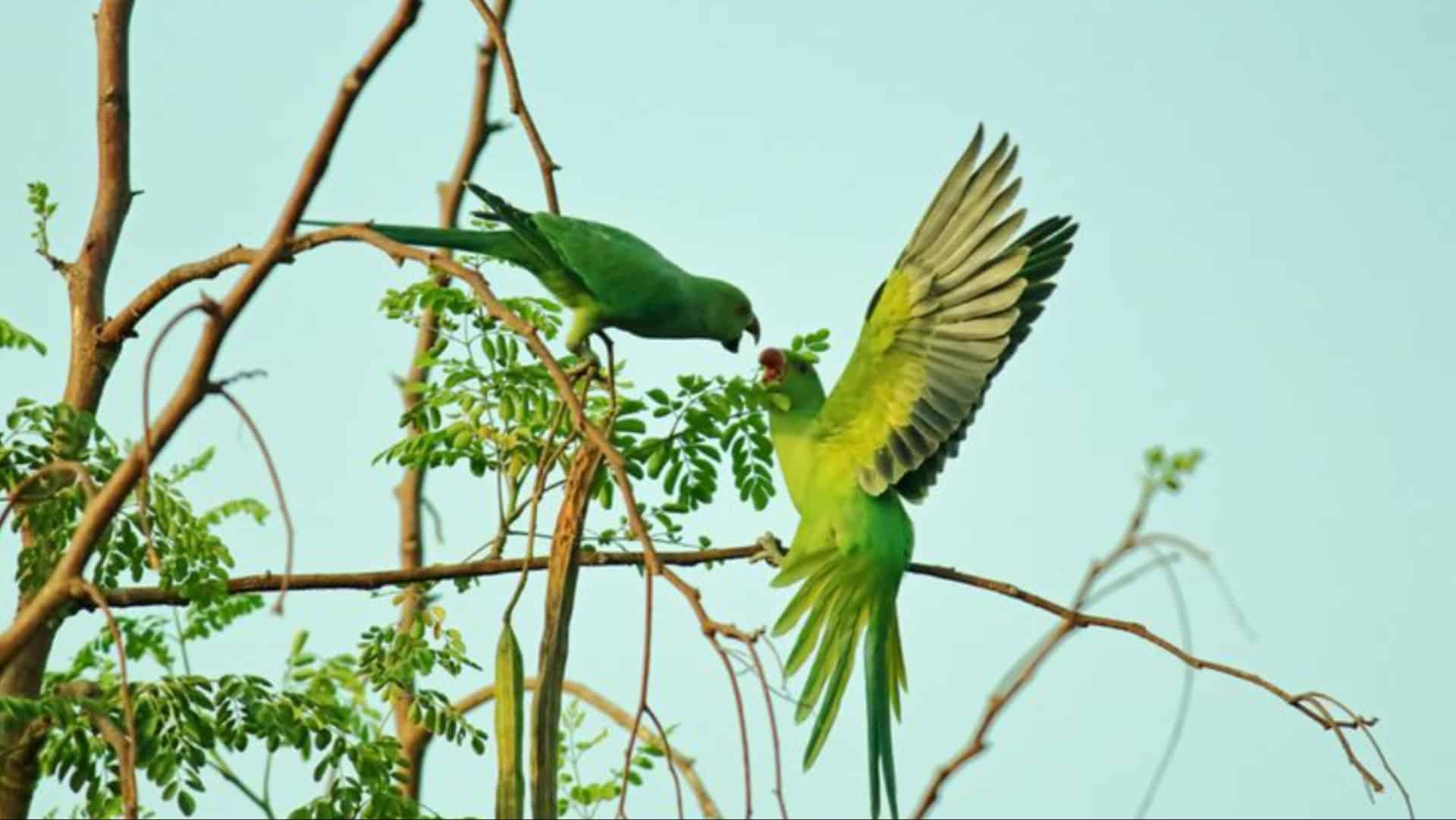Animals often exhibit behaviors that seem to transcend mere survival instinct, suggesting a deeper connection to the world.
From ritualistic practices to empathetic gestures, these actions can appear spiritual in nature.
Let’s explore six fascinating animal behaviors that hint at a spiritual dimension.
1. Elephants Mourning Their Dead
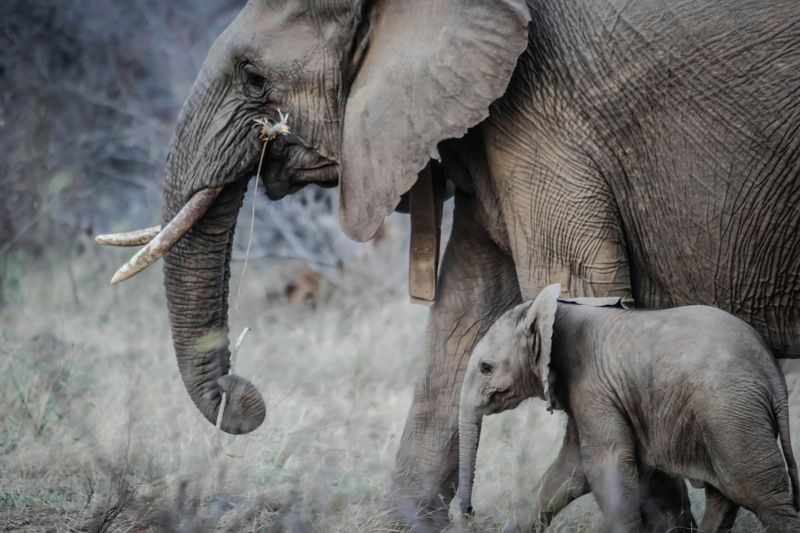
Elephants have been observed participating in mourning rituals when a member of their herd passes away.
These gentle giants will gather around the deceased elephant, touching and caressing the body with their trunks in what appears to be a gesture of farewell.
This behavior indicates a deep emotional connection and possibly a recognition of death’s finality.
In some cases, elephants have been known to cover their dead with branches and leaves, perhaps as a form of burial.
This poignant behavior demonstrates their capacity for empathy and grief, a trait that is often considered uniquely human.
2. Dolphins Engaging in Playful Rituals

Dolphins are renowned for their intelligence and playful nature, often engaging in activities that resemble rituals.
They exhibit social behaviors such as synchronized swimming and leaping gracefully out of the water, almost as if performing a dance.
This coordination reflects a strong communal bond and communication.
Furthermore, dolphins use echolocation clicks and whistles to interact with each other, strengthening their relationships within the pod.
These behaviors enhance their social structure and may hint at a sense of joy that goes beyond simple play, suggesting a more profound spiritual connection.
3. Wolves Howling in Chorus
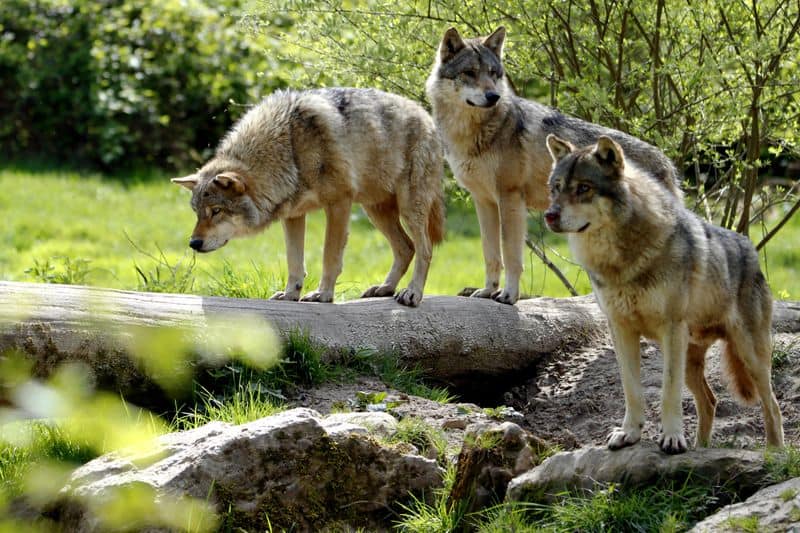
Wolves are known for their hauntingly beautiful howls, which serve as a means of communication within the pack.
When a pack howls in unison, it creates a chorus that resonates through the forest, strengthening bonds among members and conveying information.
This collective behavior resembles a form of ritual that unites the pack.
The howling is often timed to coincide with specific events, such as the rising of the moon, adding a mystical element to this natural symphony.
It suggests an awareness and appreciation of their environment, contributing to a sense of spirituality.
4. Crows Holding ‘Funerals’ for Fallen Comrades
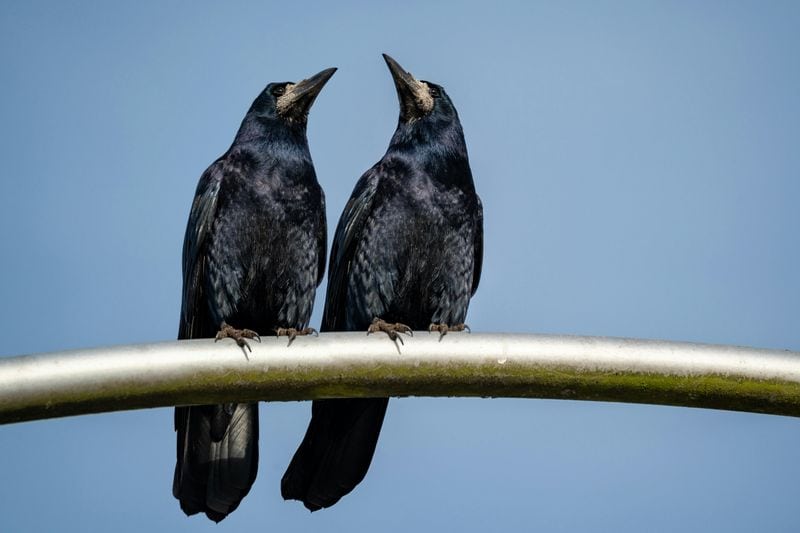
Crows are highly intelligent birds known for exhibiting complex social behaviors, including what some researchers describe as ‘funerals.’
When a crow dies, its companions gather around the deceased, cawing loudly and observing the scene.
This gathering may last for several minutes, reflecting a communal acknowledgment of loss.
Some scientists believe this behavior helps crows learn about potential dangers, but it also hints at a deeper understanding of life and death.
These actions mirror mourning practices, suggesting an emotional depth that could be seen as spiritual.
5. Cats Engaging in Meditative Purring
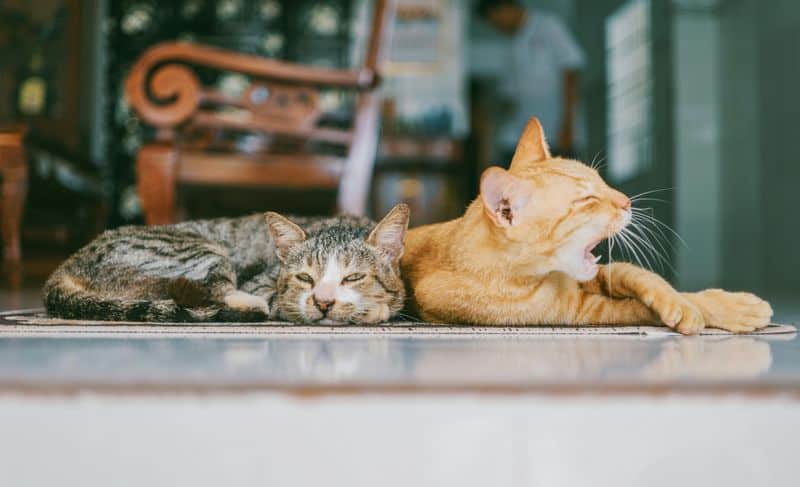
Cats are often associated with a calming presence, especially when they purr contentedly.
This gentle sound, emitted when they are relaxed or happy, has been likened to a form of meditation.
Purring is thought to have healing properties, not just for the cat but for humans around them.
The rhythm of a cat’s purr can create a soothing environment, encouraging relaxation and introspection.
This enchanting behavior allows cats to connect with their surroundings and companions on a deeper level, embodying a spiritual serenity and balance.
6. Parrots Practicing Vocal Mimicry
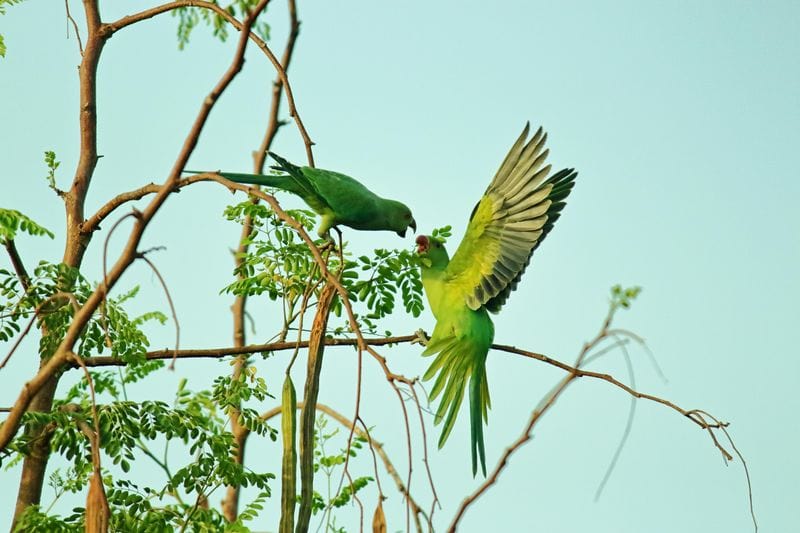
Parrots are famed for their ability to mimic human speech and sounds, a skill that reflects their intelligence and adaptability.
This mimicry goes beyond mere imitation – it fosters interaction with humans and other animals, bridging the gap between species.
Engaging in vocal mimicry allows parrots to express themselves and form social bonds, a behavior that parallels human communication.
This ability to connect on a linguistic level hints at a deeper understanding of their environment and relationships, suggesting a spiritual aspect to their existence.

